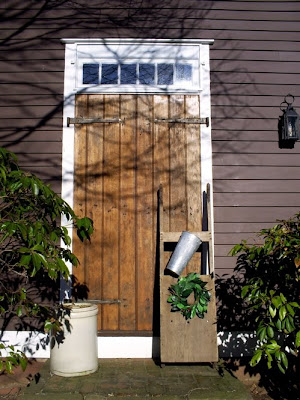Pixels are over rated. I recently purchased a Canon SD780 IS 12.2 megapixel digital camera. I liked it because of it’s diminutive size, sleak styling and stealthy all black finish. The fact that it boasts over 12 megapixels was actually low on my priority list. My Canon SD400 and SD30 are both “only” 5 MP and yet they take excellent pictures. Personally, I really don’t see any appreciation in picture quality between the 5MP cameras and the 12MP camera. The real limiting factor in image quality is the lens. The higher pixel rating just allows greater magnification of the image before the pixels (little squares) begin to show up in the photograph. The problem is that in the point and shoot cameras which have a very small sensor, usually 1:2.5 (5.76x4.29mm) the limits of the optical quality in the lens (chromatic aberration, flare, focus, haze, distortion, etc.) become noticeable before the pixels ever begin to show up. A high megapixel rating on a camera with a larger sensor such as an APS-C size (23.6x14.8mm) or larger is much more appreciated and is much more capable of bringing out the fullest quality of the lens. The lenses used on the larger digital cameras such as SLRs and the like are much better in quality than those on the point and shoot cameras and therefore there is a greater benefit to having more pixels. There is a good article on this topic from Shutterbug here Especially take note of the chart on page 2 where the article compares the different sensor types and sizes. The other “drawback” to having too many pixels is a larger file size. If the pictures are only going to be viewed on a computer monitor 5 or 6 MP is plenty. If an iPod is the viewing source an even lower pixel rating is adequate. It is cheaper and easier for the camera manufacturers to increase the amount of pixels in the sensor than to increase the size of the sensor and the quality of the lens. Another thing that will show up much before pixels is noise, especially in low light photographs or when using a high speed rating. In fact, as the pixels are made smaller in order to cram them into a smaller sensor they become less light sensitive. The result is more visual noise. Noise appears very similar to film grain from days of yore. There really needs to be a balance in pixels, sensor size, noise and lens quality. Imagine an 11’x14’’ view camera with a very poor lens. It would produce very smooth photographs with very low grain or “noise” but the optical quality of the picture might suffer from poor focus or distortion. This may be a desirable effect on its own merit (i.e. the Diana camera) but that is a topic for another discussion. Likewise, a Carl Zeiss 50mm 1.7 lens on a subminiture camera would be somewhat of an optical overkill since the tiny negative could never do the lens justice on the enlarging table. And imagine, what could be gained by using an extremely course grain film in a medium format camera instead of an ultra fine grain film in a 35mm camera? Of course there other factors of convenience, necessity or artistic license that may contribute a reason for using various combinations of film, format and optics, but again, that is not the issue here. I would rather have the 12 MP in my Pentax digital SLR where they might be better appreciated! If this is confusing, the bottom line is that I think we have maxed out on megapixels for P&S cameras. That may be a reason why manufacturers are starting to release digital cameras which are a sort of cross over between a tiny point and shoot and a larger SLR. These cameras usually boast a bigger sensor and better lenses than the P&S cameras but in a smaller package than an SLR. They seem to provide a similar market niche for the “prosumer” or serious amateur photographer as the 35mm rangefinder cameras did back in the days of film.
A brief note about the photographs. There are several layers of irony going on here, both in the above text and in the accompanying photographs below. First of all the article is about digital cameras but half of the pictures are of film cameras, and old ones at that! The photos were taken with digital cameras. The clearest, sharpest ones were taken with the very camera I sort of began complaining about, the Canon SD 780. But, like I said, it’s a good camera, I just don’t see the benefit of 12 MP vs 5MP, except the extra pixels do seem to give more room for sharpening up the image in iPhoto. Normally when you over sharpen an image the pixels become more pronounced, but with 12MP there is more to work with. Another irony is that the picture of the big 11x14 view camera was taken with a 3.2 megapixel Rollei Mini Digi. The Minox EC and Minoltina S were both shot with the new Canon SD780. The picture of the Olympus EP-1 is a stock photo stolen from the internet since, unfortunately, I do not have one of these. To make things even more confusing, the picture of the Rollei Mini Digi was taken with a Canon SD400. And, last but not least, the Canon SD400 was scanned on my Epson 1660 Photo scanner!
11x14 view camera
(make unknown, lens made in France)

Minox EC
(I wish this were digital!)

Minoltina S
(about the size of the Olympus below)

Olympus EP-1
(Wish I had one but I can’t even spare the dime pictured above...well, a dime maybe, but not $750)

Rollei Mini DIgi
(medium format turns mini format)

Canon SD400
(becoming the new old reliable)


































































